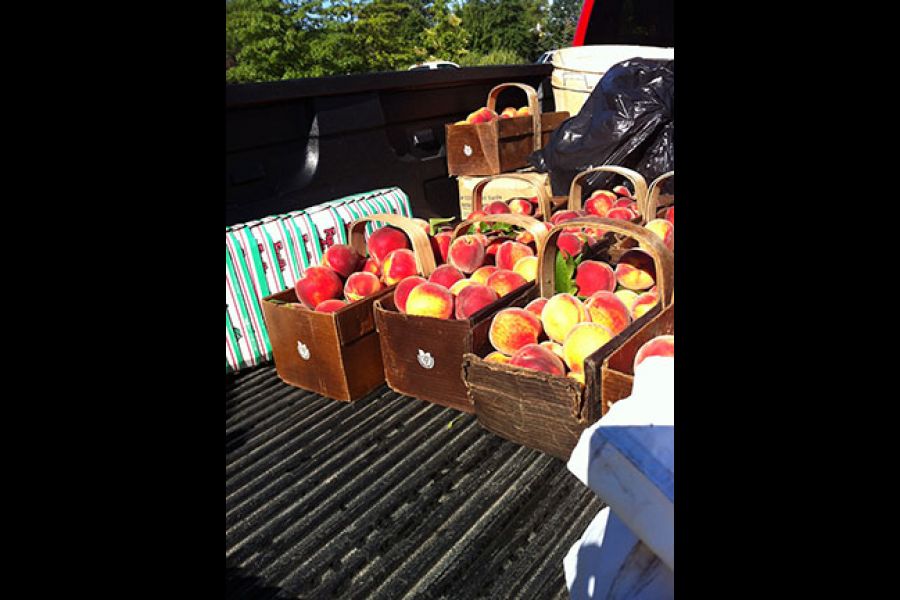Joanne Young
Special to The Lake Report
Well, it has been another hot summer and we are at that point in August when our annual plants, whether they are in containers or are in the ground, start to peter out and just look tired.
We still have a good two months to go before frost, so there are things that you can be doing now to bring your flowers back to life.
The best way to keep your annuals blooming all summer and into early fall is by deadheading. Simply put, deadheading is the removal of the spent flower.
Why is this important? Let me share two bits of science with you that might make this point clearer. The first point is that when we plant annuals in our gardens or containers our goal is to get a pretty mix of colourful flowers, but the goal of the plants is much different. The plant’s goal is to produce seed so that it can reproduce itself. To the plant, the flowers are just the means of producing seed.
The second piece of science is that plants have a given amount of energy within them. Where they spend their energy depends on what stage of growth it is in.
As it is starting to grow in the spring, the energy in spent on the leaves. As the plant begins to set flower buds and blooms, it spends its energy on forming the flowers. Once the flower has finished, the plant’s energy goes to producing the seeds.
When you put these two pieces of information together, it explains the benefits of deadheading the spent flowers. By removing the flowers that have finished, you are letting the plant know that it has not reached its goal of producing seed, which signals to the plant that it still needs to produce more flowers so that it can produce some seeds.
Instead of the plant putting its energy into the seed head it now can put its energy into producing new growth and new growth leads to the production of new flower buds – all of which will help to keep your annuals blooming into the fall.
When removing the spent flowers, make sure that you just don’t cut off right below the flower itself, but follow the flower stalk to where it meets its first leaf buds. Cut there. That is where the new growth (and new flowers) will be produced.
Another thing you can do to keep your annuals looking good right through the summer is cutting back some of the foliage of plants that are getting too leggy looking.
This is especially true with your trailing plants such as lobelia, million bells, verbena and bacopa. If the plants are starting to look stringy, cut back the foliage as much as halfway. This will stimulate new growth that in turn will produce new flowers, giving your plantings new life.
A third way of keeping your annuals blooming throughout the summer is by fertilizing. The annuals are heavy feeders, meaning they are constantly taking a lot of nutrients from the soil and require those nutrients to be replenished.
Whether you are using an organic fertilizer or one that is chemical-based, make sure you are using one that is slightly higher in phosphorus (the middle number).
Phosphorus helps to promote flowering. Organic fertilizers are usually granular and can be sprinkled on the soil and watered in. Organic fertilizers are slow acting but longer lasting and therefore do not have to be applied as often.
Chemical-based fertilizers are usually dissolved in water and watered around the plants. They act quicker but are shorter lasting and need to be applied more frequently. Make sure you always water before applying fertilizer, otherwise it may burn the plants.
By following these simple steps, you will be able to enjoy your annual flowers throughout the summer.
Joanne Young is a Niagara-on-the-Lake garden expert and coach. See her website at joanneyoung.ca.









